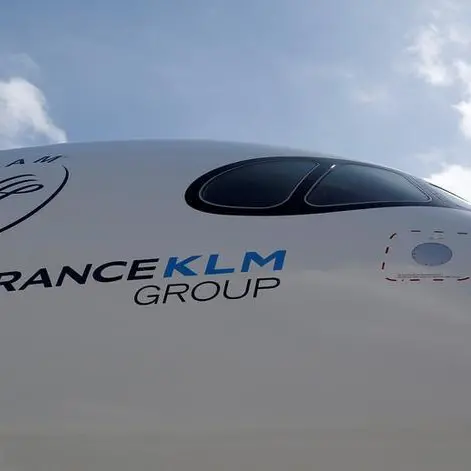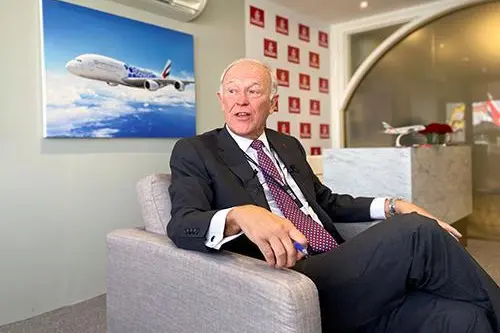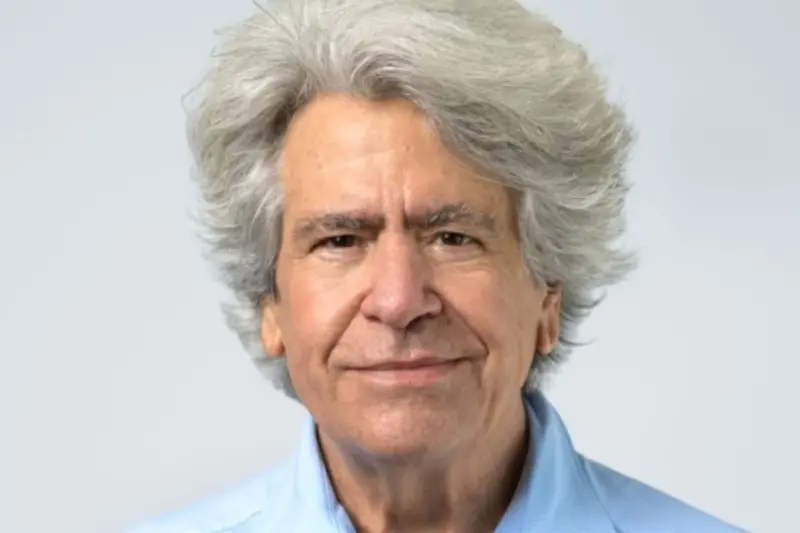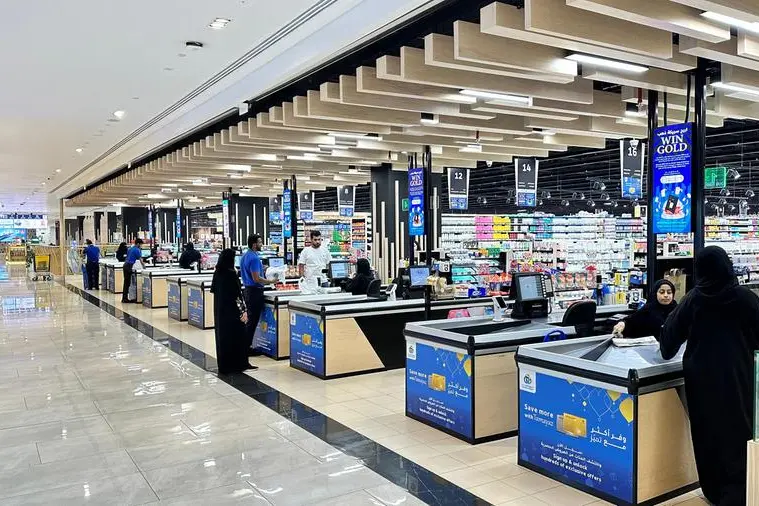RAMALLAH, West Bank/TEL AVIV - Instead of its usual artsy or humorous front page, this week's special edition of Time Out Tel Aviv sports an image of an Israeli security barrier so high it blots out the horizon. It also has a different name: Time Out Ramallah.
The issue marks 50 years since Israel's occupation of the Gaza Strip and the West Bank and its content also drastically departs from Time Out Tel Aviv's normal fare of arts and entertainment in Israel's cultural hub.
Stories provided by freelance Palestinian reporters and photographers shed light on the hardships of life and culture in the West Bank and Gaza Strip.
A Gazan correspondent tells of soirees timed around daily power cuts; in the West Bank, a rare woman DJ awaits an elusive permit to perform in Israel.
"Most of the readers and a lot of Israelis don't know what is happening now in Ramallah and Hebron and Bethlehem," editor Nof Nathansohn said at her office. All three West Bank cities are within 130 km (80 miles) of Tel Aviv, Israel's free-wheeling metropolis on the Mediterranean.
"They don't know how the art scene looks, music, city life. And we want to expose our readers to life under occupation that is just half an hour drive from here in Tel Aviv," Nathansohn told Reuters.
"I hope that knowing the other side ... will help create a change and make Israeli people think about it more."
But as evidenced by the lack of ads - Time Out Tel Aviv's source of income, allowing the weekly to be distributed for free - this edition is a political display, not a commercial crowd-pleaser.
"We won't make money, but we truly believe this is the right thing to do," Nathanson said.
A quarter-century of failed talks on creating a Palestinian state alongside Israel has been interspersed with surges of violence, and upheavals including Israel's withdrawal from Gaza, which is now under Islamist Hamas control.
Just getting the Palestinian journalists past checkpoints to meet their Israeli counterparts was a challenge, Nathanson said. Internal Palestinian politics also pressured some of the freelancers, who published articles without bylines lest they be accused at home of "collaborating" with Israel.
Tareq Mansour, a student at Birzeit university in the West Bank and a contributor to the special edition, said the magazine had been an opportunity to get heard.
"Having this kind of thing in Ramallah, and a way and approach to share our stories and experiences for the whole world to hear, and for ourselves, is something encouraging."
Time Out Tel Aviv is part of global chain of magazines which operates in 108 cities across 39 countries and has a total monthly audience reach of 156 million across all platforms, according to Time Out Group
Within Israel, 70,000 copies of "Time Out Ramallah" came out in Arabic and Hebrew, and around 2,000 more appeared in English in the Palestinian territories, Nathansohn said.
In Tel Aviv, one of the most socially and politically liberal places in Israel, the issue was getting a positive response.
"I'm quite intrigued and would like to learn more about their night life, about ... how life's in general in Ramallah and other Palestinian cities," said Tel Aviv resident Arik Peretz.
"The Arab world is very interesting. Ramallah in particular is something that is very close but yet far to get to."
(Writing by Dan Williams; Editing by Raissa Kasolowsky) ((dan.williams@thomsonreuters.com; +972)(0)(2 6322202; Reuters Messaging: dan.williams.reuters.com@reuters.net)






















